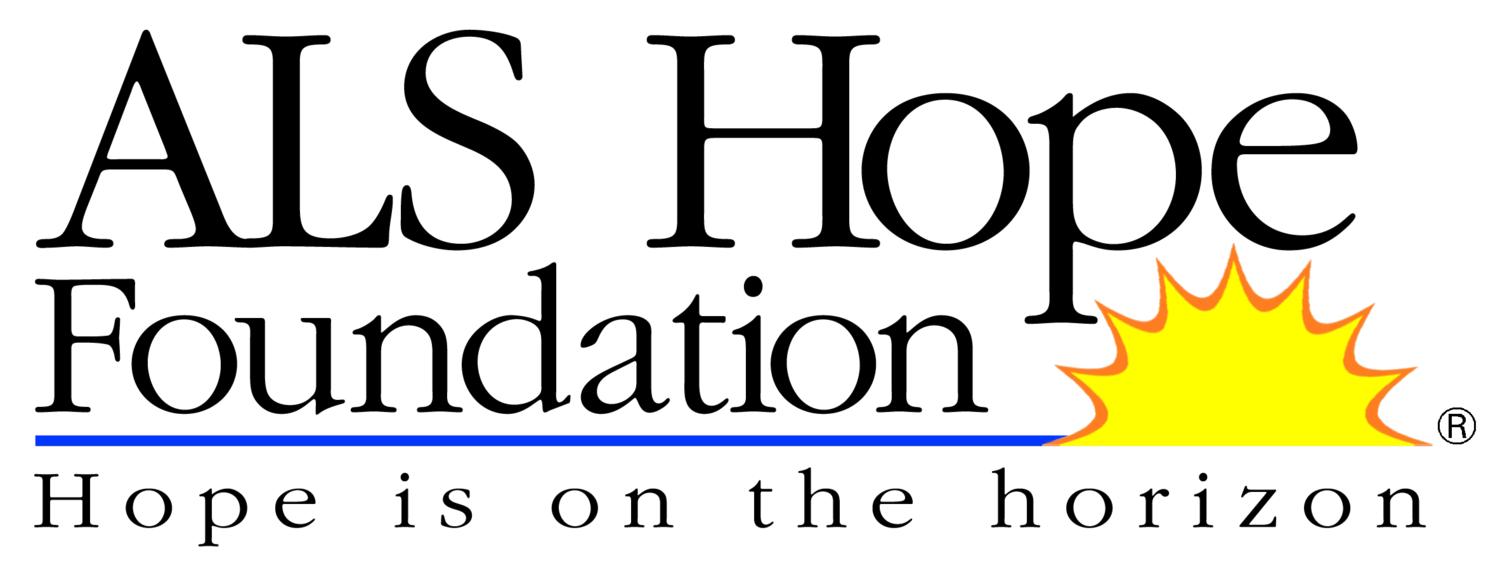Assistive Technology
As people living with ALS (PALS) experience a loss of motor skills, they may find that using assistive technology solutions helps restore independence and function in their environment. Devices can be utilized to use a computer, turn on lights, or even communicate. Assistive technology solutions are as varied as each person's disease process; it is important to implement a device that best suits the individual needs of the PALS.
While some PALS may require hardware technologies, which can range from simple hand switches to sophisticated eye-tracking devices, to help preserve their independence, other PALS find software technologies like screen magnifiers or on-screen keyboards may provide an adequate solution. It is important that PALS be able to try different accessibility options to see which meet their needs.
The ALS Hope Foundation is grateful for funding from a Christopher Reeve Foundation Quality of Life Grant that allowed us to purchase assistive technology for trial in the clinic. Individuals can see and try different assistive technology solutions to issues they may be experiencing. Our work is also funded by the generosity of the Gitlin Family Fund and the ongoing support of the Kevin O'Donnell Independent Living Initiative.
You can help support our assistive technology initiatives by donating to the ALS Hope Foundation's Kevin O'Donnell Independent Living Initiative.
Ongoing Assistive Technology Projects
There are several assistive technology solutions and resources available to you through the ALS Hope Foundation and the MDA/ALS Center of Hope. New technology is always coming down the pipeline and we are always involved in new projects. You can also learn about our ongoing trials of assistive technology devices (such as EEG-based communication and brain-computer interface) on our Clinical Research page.
If you have questions or would like to learn more, please email info@alshopefoundation.org.
Assistive Technology Survey
Sara Feldman, PT, DPT, ATP is conducting an Assistive Technology Use and Needs Survey. Please email her at sara.feldman@tuhs.temple.edu if you are interested in learning more.
Assistive Technology Education
Webinars/Presentations
Assistive Technology Options for Individuals with ALS for NEALS by Sara Feldman, PT, DPT, ATP
Computer Access Options for Individuals with ALS by Sara Feldman, DPT, ATP
Written Resources and Guides
Assistive Technology by Sara Feldman, DPT, ATP in R. Bedlack and H. Mitsomoto (Eds.), Amyotrophic Lateral Sclerosis: A Patient Care Guide for Clinicians (pp. 151-160). New York: Demos Medical Publishing
Assistive Technology Solutions in Minutes by Therese Willkomm, PhD, ATP
Assistive Technology Solutions in Minutes II: Ordinary Items, Extraordinary Solutions by Therese Willkomm, PhD, ATP
Assistive Technology Suppliers
DIY Assistive Technology Guides
ALS Assistive Technology Blogs and Websites
Amy and PALS by Amy Roman, MS, CCC-SLP
Every90Minutes Tech Guide by Jay Smith (PALS)
Previous Assistive Technology Projects
Conductive Contact Switch
Function: Utilizes conductive material (i.e., cloth or tape) to activate switch comprised of two separate pieces of material. Contact of two pieces of material creates electrical circuit. Activation is an emulation of a latch switch.
Chime Assist
Function: Adapted call bell equipped with a 3.5mm mono audio jack and plugs into conductive contact switch attachment. Also compatible with other assistive technology switches.
















